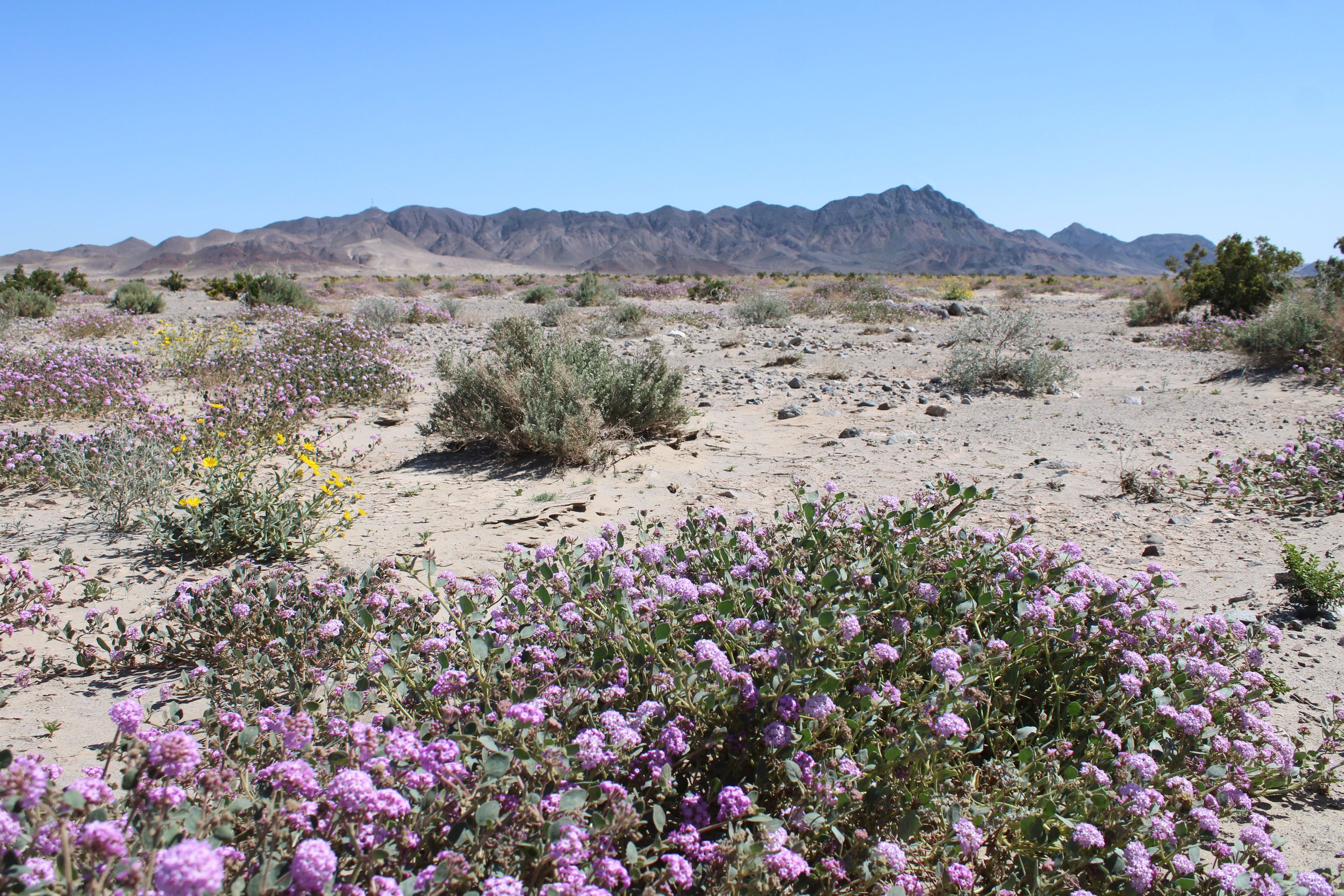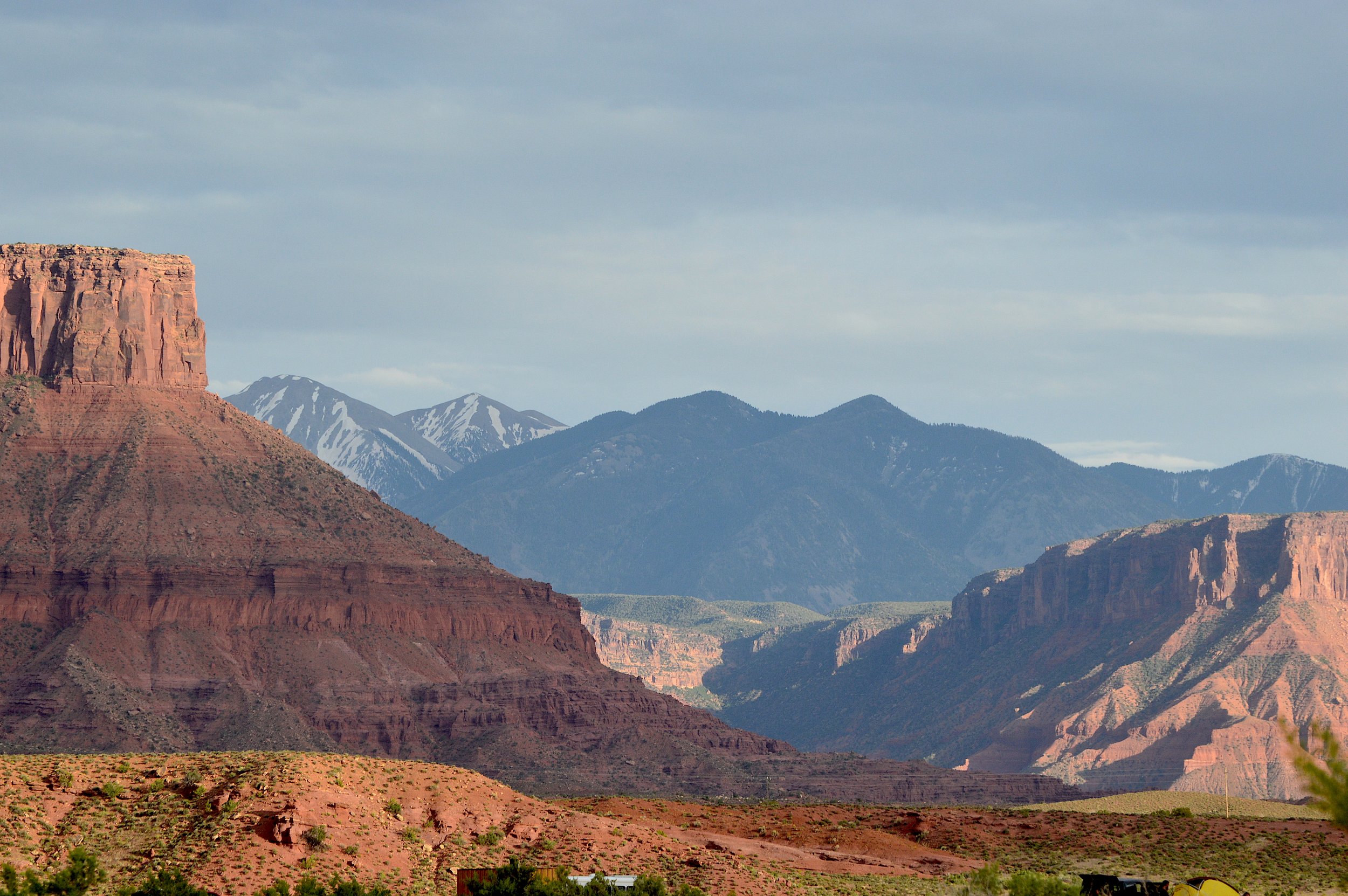As a trans person, sometimes the best place to be “out” is to be outdoors—way outdoors. Out there where no one can judge you. In seldom-seen landscapes throughout the world, where birdsongs and insect choruses ring loud and proud, and shadows stand silent and strong. On shimmering lakeshores bejeweling the necklaces of mountains across continents or under rustling canopies that dance in the breeze. Maybe that’s where you belong. We’re human—don’t we all belong?
I am one of a growing number of LGBTQ+ folks who have come to better understand and love ourselves through hiking and camping. I’m a trans woman who started hormone replacement therapy a few years ago. Like many in my generation, I have come to understand my gender fluidity and non-duality through spending time with Mother Nature. In nature one can find a great many examples of organisms who engage in queer sex; or who switch biological sex over their lifetime; or are simultaneously biologically male and female. In a matter of years, queer ecology has emerged as a movement. As famous queer climate activist and drag performer Pattiegonia once said on a group hike, “The queers aren’t going to the club…they’re going to the forest.”
I have been very fortunate to both feel this connection on a spiritual level and to express it on a professional level. I served for roughly one year as a seasonal National Park Service park ranger for Sequoia and Kings Canyon NP; I currently work with Mojave Desert Land Trust, a nonprofit conservation group protecting California’s deserts. But prior to these roles, I wrote as a music, film, and outdoors journalist; did some background acting and barista work; and a lot of temp jobs. I feel fortunate to have adapted to a career path that aims to address our planet’s struggling ecosystems. I know many my age and younger would prefer their industry were more climate-focused. Perhaps they all will become so by necessity.
Everyone of us is a part of Mother Earth. Many of us suddenly remembered this when the pandemic of 2020 onwards shut us indoors. Visitation to national parks continues to rise (staffing and funding is another story, on the other hand). People build massive social media followings around their long hiking journeys or ecological knowledge. The vision of nature as a spiritual salve has only increased. But concurrently is the re-emergence of an understanding that we are nature. We are the very being we have built walls around. And many are suffering as a result.
My personal connection to nature has been very individual and private before it became communal. Somehow I intuited around the age of 26 that it would be a good idea to get into solo backpacking. My first trip was somewhere along the coast of Big Sur. At the time I was a young queer guy living in Los Angeles who felt avoidant of the gay scene. My sexuality could be described as unhealthy, dysfunctional, and self-destructive. I was fairly depressed and escaping routinely in various ways. Backpacking gave me a sense of healthy purpose. It was a way I could combine my needs for spiritual replenishment, creativity, and physical activity, but also get the heck away from everyone.
Since then I have been on many trips, solo and with others. Truth told, some of the first times I confidently tried on dresses was while on solo backpacking trips. Only when I was really alone could I tap into a sense of freedom the world denied me or I denied myself. Only in the nurturing arms of Mother Nature could I feel a femininity I’d learned to suppress a long time ago. Hiking and thinking gave me the space and place to process and move forward with my life towards my trans identity.
Studying the earth sciences and botany have deepened my sense of queer identity, too. Our planet is in a state of constant change. She is tilted, spinning, her plates shift and her poles reverse. So much of what we see now as a fixed mountain range or rock formation was once a subterranean molten mass millions of years ago, and will yet change again. The dramatic sandstone canyons and spires of the American southwest, for example, were once variously shallow seas, swampy bogs, sprawling river systems, and many more. You can find ancient seashell fossils in the Grand Canyon, hundreds of miles from any present-day ocean. There is a geologic and fungal rainbow beneath us all. Plants and, especially, fungi, turn human conventions on gender and sex on their heads. Nothing I learn is new to science but the way of perceiving it together, collectively, is. You couldn’t say ‘nature is queer’ without persecution or punishment that long ago in human history, and there are still places where that is the case here and abroad today.
Nature grows in all kinds of ways and yet humans have a fairly limited perception of what is natural. Some say that representation does not matter, and as a park ranger there were sometimes scoffs about sharing my trans identity publicly; “Why bring your personal life into it? Just do your job!”, or some version of that. The same sentiment has spread to hiking realms where some folks find queer or feminine expression to be unnecessarily showy of identity in a realm where identity is meant not to matter: nature. A lot of the people who say this are older white dudes who have never had to fear encountering an older white dude on a trail. Representation does matter. A nonbinary guest to the parks once told me seeing me there encouraged them to visit more often; a colleague reached out to express how it meant to see another like them in the service.
One summer night as a ranger in Kings Canyon-Sequoia National Parks, I went alone to a series of off-trail lakes, to remind myself of what I was capable of. I was feeling anxious and low on confidence at my new position and felt the best antidote was a spontaneous adventure to the mythic Mineral King valley. Though the miles were arduous and uphill and the mosquitos unrelenting, by the time sun fell, I felt like a little pearl in this granitic oyster of my world. I was alone in person but together with the world. The lakes met the sky, becoming one, reflecting pools, wild flowers, little waterfalls and brooks, and across the valley, impossible peaks in the distance, higher than my mind could conceive. I felt soaring and one with these gentle and delicate realms, rare and fragile, nearly silent but for rare marmot chirp or a fish flopping on the water here and there.
Trans people can do anything non-trans people can. Maybe in some ways we can do more because of what we go through. It’s not about quantity or conquest, it’s about the uniqueness of our humanity. Going outdoors alone gives me the chance to process these changes and personal triumphs in tune with a greater picture. I’m on a race with myself. But when I come back from the mountains or the forests or the deserts, there is this sense of even greater connection to everyone I loved, everyone I missed, and even strangers. There is nothing that happens to me that does not also happen to the human community. As alone as I’ve felt at times in my life, I remember, I’m a part of it all.
5 National Park Playlists:
I love listening to the sounds of our planet and prefer to hike without any other kind of music these days. Here are some of my favorite national parks and what their soundscapes might sound like.
Kings Canyon-Sequoia National Park: Sequoia canopies singing a wise hush in the wind, higher than any other tree. Waterfalls like soft white noise to quiet your deepest woes. The deep sub woofer of a sage grouse in a far-off forest. A rockfall across the canyon wall. The soft hum of snowfall.
Yellowstone National Park: The sound of the Earth breathing. Sulfurous hot summers gurgling and bellowing from deep below. Bison grunting and snorting. Elk bugling through the resonant trees.
Channel Islands National Park: Waves lapping on the Painted Cave. Humpback whales crashing their tails. Sea lions barking in the breaks. Pelicans dive-bombing in the mist. Torrey pines whispering the secrets of a channel that once was a land bridge now covered in sea.
Bryce Canyon National Park: The sounds of human joy. Speaking shadows from around the corner. Corners of quiet and corners of loud. The sound of sunlight creeping up the walls.
Death Valley National Park: Silences as deep as the layers of Earth. The fierce blast of wind that could enshroud a car and block out the sun. Hearing your own heartbeat in a canyon. Hearing your distance from it all.
All photos by Ella Richie Teresa DeMaria







